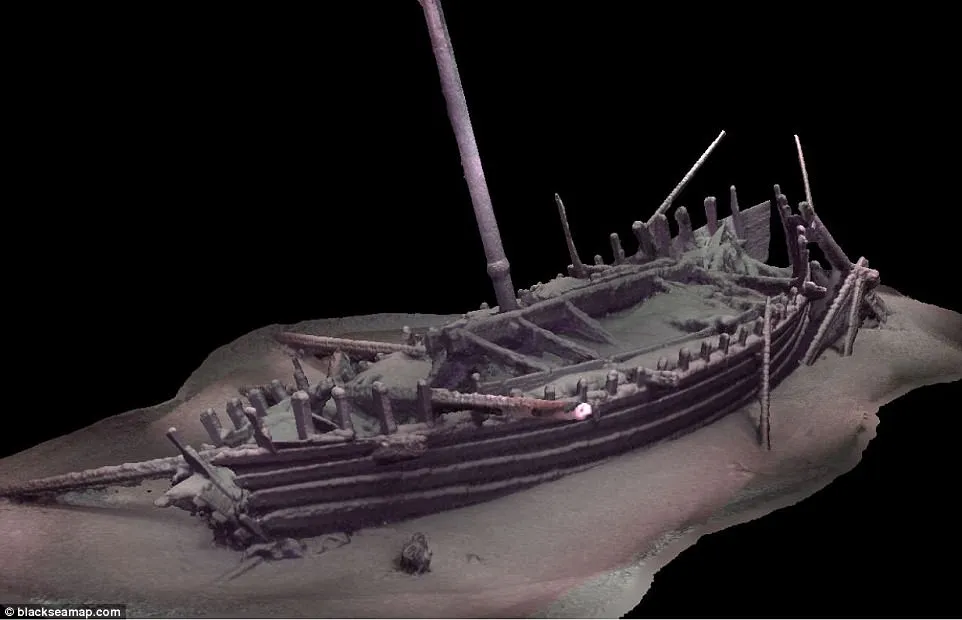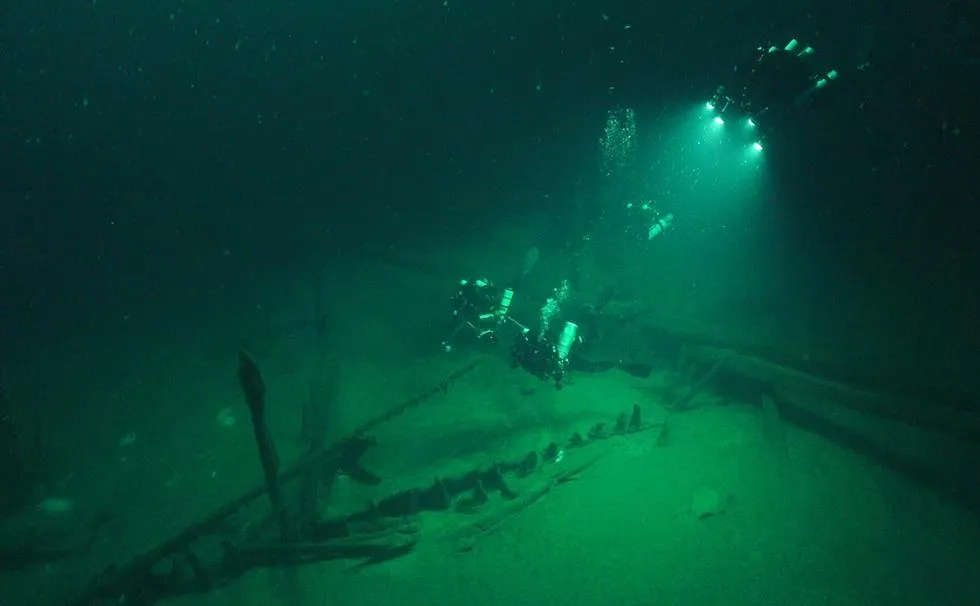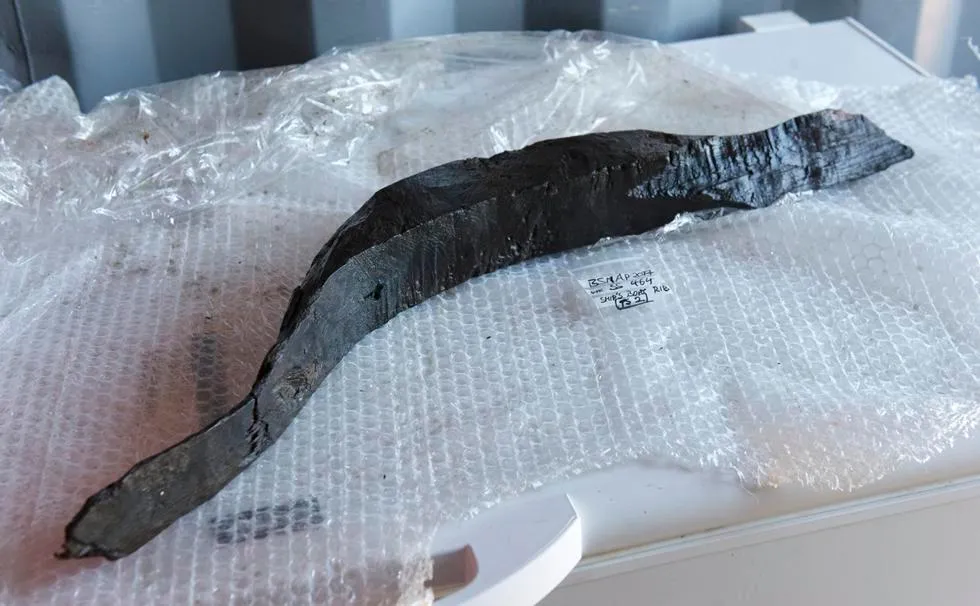Exceptionally Preserved Ancient Ships Discovered in the Black Sea
Since 2015, the Maritime Archaeological Project expedition has uncovered 60 wrecks, covering 2,500 years of maritime history
After three field seasons, the Black Sea Maritime Archaeological Project is drawing to a close, but the things the team has discovered on the sea floor will keep researchers busy for a generation. Over the course of the expedition, researchers found 60 incredibly well-preserved ships from the medieval, Roman, Byzantine and ancient Greek eras, which are rewriting what historians know about ancient trade and shipbuilding reports Damien Sharkov at Newsweek.
The project, begun in 2015, wasn’t originally about finding ancient ships. According to a press release, the team set out to use remote operated vehicles laser scanners to map the floor of the Black Sea off Bulgaria to learn more about the changing environment of the region and fluctuations in sea level since the last glacier cycle. But they couldn't help but locate ships too. Last year, they found 44 ancient vessels during their survey representing 2,500 years of history. “The wrecks are a complete bonus, but a fascinating discovery, found during the course of our extensive geophysical surveys,” Jon Adams, principle investigator and director of the University of Southampton’s Centre for Maritime Archaeology, said at the time.
During the latest field season, which just ended, the expedition discovered another batch of ancient ships. “Black Sea MAP now draws towards the end of its third season, acquiring more than 1300km of survey so far, recovering another 100m of sediment core samples and discovering over 20 new wreck sites, some dating to the Byzantine, Roman and Hellenistic periods,” Adams tells Aristos Georgiou at The International Business Times. “This assemblage must comprise one of the finest underwater museums of ships and seafaring in the world.”
The team used its advanced laser scanning and photogrammetry technology to create stunning 3D images of some of the vessels and Georgiou reports they have already used that detailed data to 3D print some of the artifacts found at the wreck sites.
According to the press release, the wrecks survive in such good condition because at a certain depth the Black Sea has anoxic, or oxygen-free, conditions preventing decay. Many of the ships sit at the bottom of the sea with their masts upright, their rudders still at the ready and their cargo bays full of untouched goods. For maritime historians it’s a gold mine since the wrecks have artifacts that most researchers have only read about or seen drawings of.
“We dived on one wreck, a merchant vessel of the Byzantine period dating to the tenth century. It lies at a depth of 93 meters. This puts it into the diving range, so we took the opportunity to visually inspect certain structural features first-hand,” Adams says. “The condition of this wreck below the sediment is staggering, the structural timber looks as good as new. This suggested far older wrecks must exist and indeed even in the few days since the dive we have discovered three wrecks considerably older, including one from the Hellenistic period and another that may be older still.”
"We have never seen anything like this before,” Kroum Batchvarov, marine archaeologist from the University of Connecticut, who participated in the expedition tells Katy Evans at IFLScience. “This is history in the making unfolding before us.”
The wrecks are not the only discoveries the expedition made. The researchers excavated an ancient settlement in Bulgarian waters that was covered by the rising sea. That Bronze Age village, now submerged under about 13 feet of water, contains timbers from houses, ceramic pots and hearths. The team also collected geophysical data on hundreds of miles of ancient coast as well as core samples that will help them reconstruct the ancient shoreline of the sea.
While there’s no word on whether the researchers will investigate the wrecks further, Georgiou reports the team was shadowed by British filmmakers, who are putting together a documentary on the project.
This isn’t the first expedition to find remarkable shipwrecks in the Black Sea. Since 1999, famed explorer Robert Ballard found 26 ships in the area, including the Eregli E (pronounced EH-ray-lee), a perfectly preserved Ottomon trading vessel that even included human remains. Combined with a remarkable find of 23 ancient shipwrecks in Greece's Fourni Archipelago last year, it's fair to say these discoveries are part of an emerging golden age of ancient shipwreck exploration.


